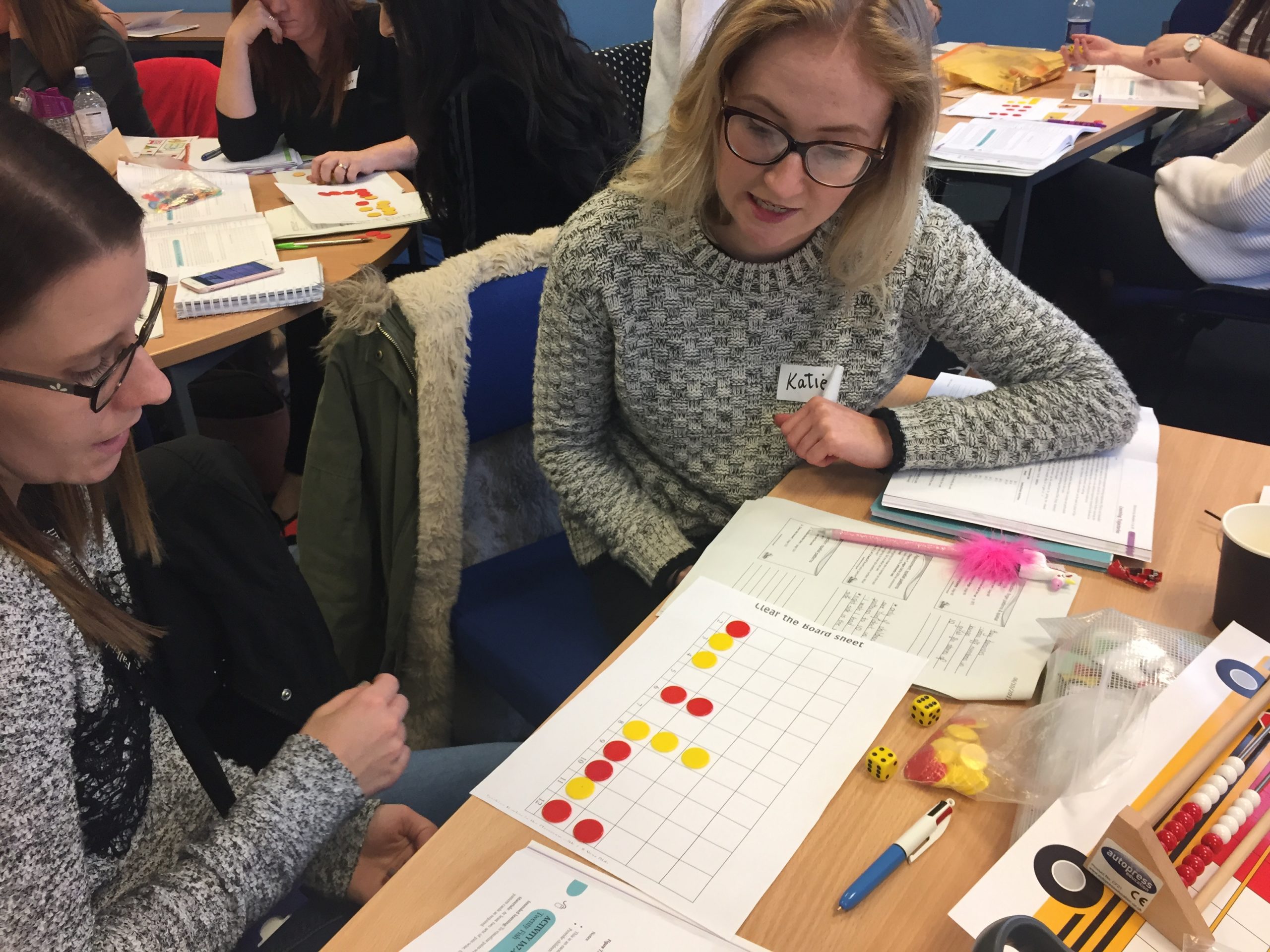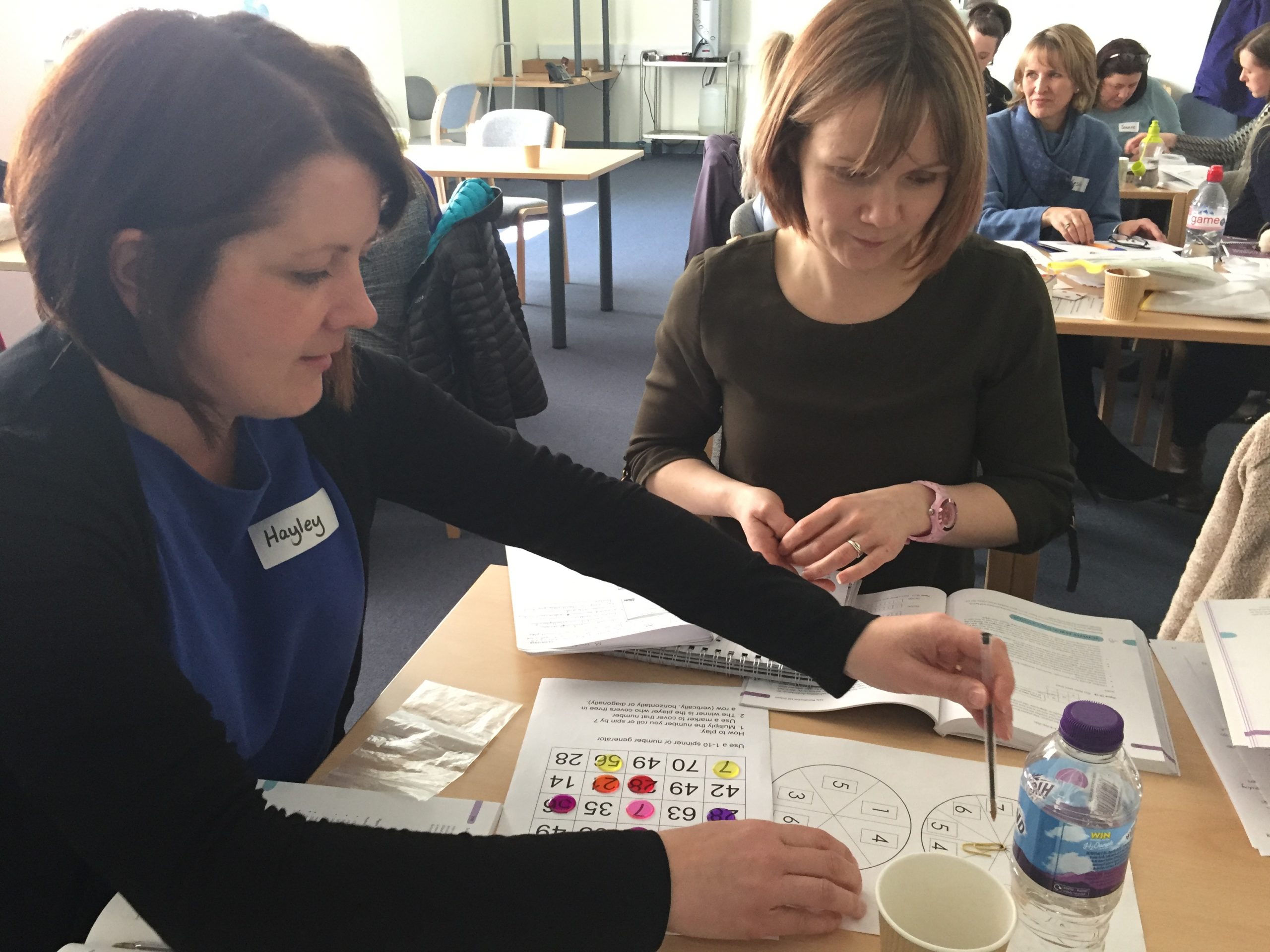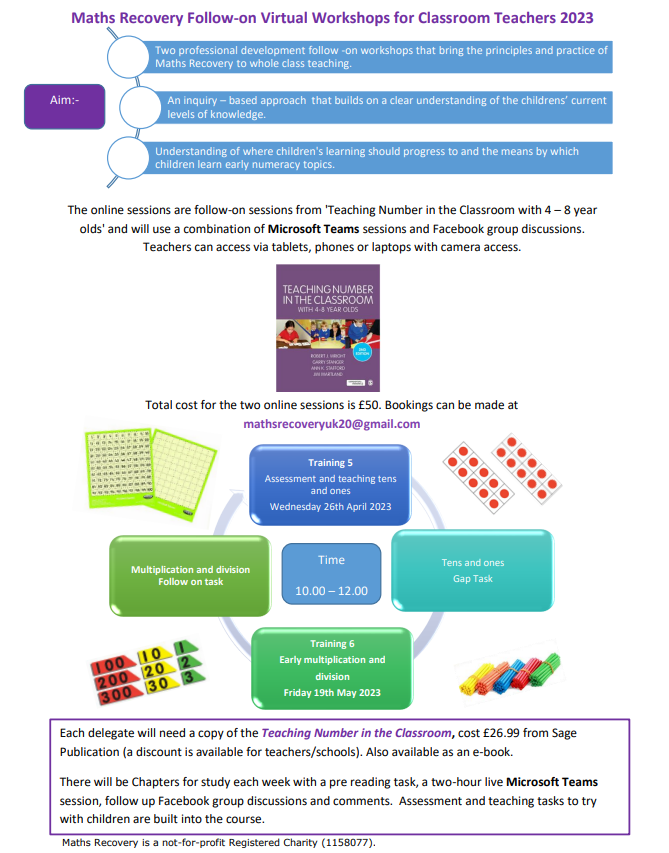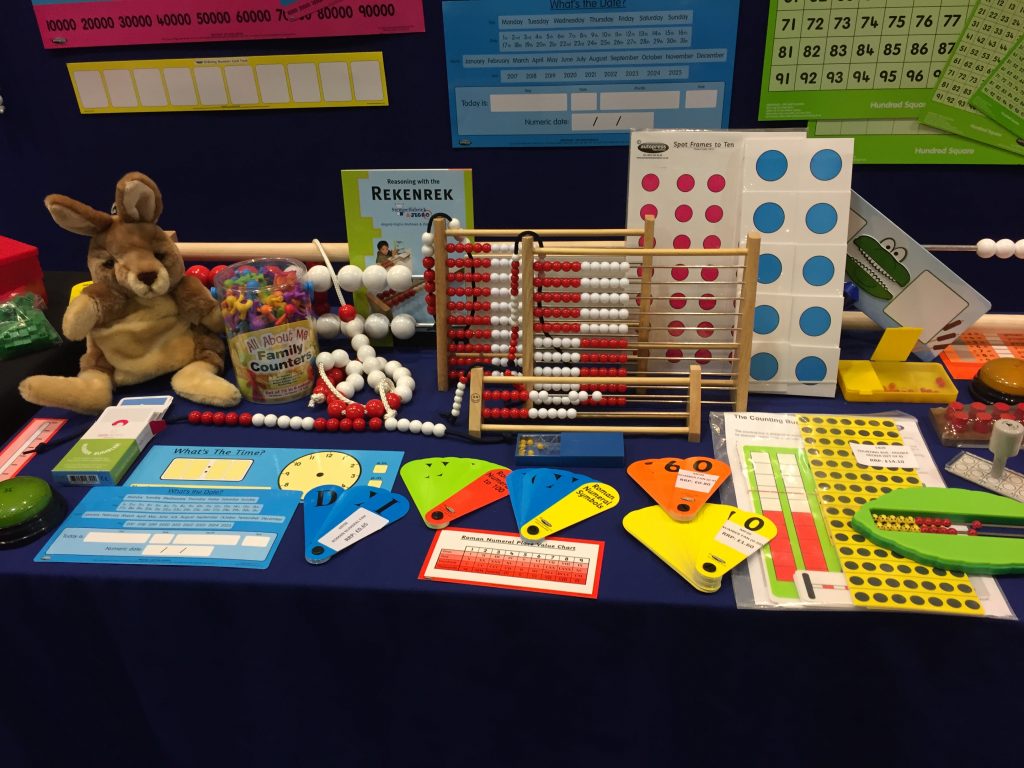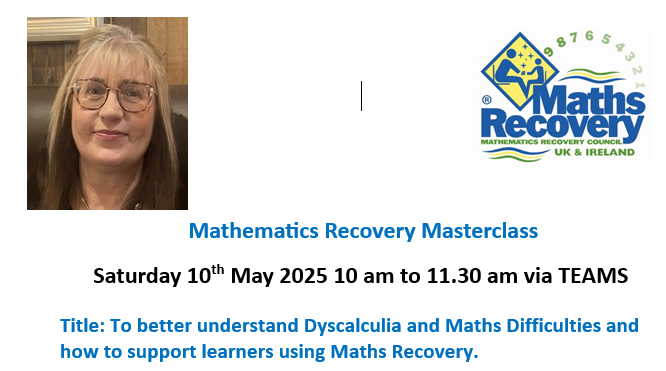 Recent Events:
Recent Events:
- 2019 MATHS RECOVERY INTERNATIONAL CONFERENCE
- Teaching Number in the Classroom for 4- to 8-year-olds
- Developing Number Knowledge Assessment, Teaching and Intervention with 7-11 year olds
- Follow on Virtual Workshop Tens and Ones and Multiplication and Division
- Virtual Workshops for Classroom Teachers
- Maths Recovery Intervention Specialist Course
Unpacking Mathematisation: An Experimental Framework For Arithmetic Instruction
David Ellemor Collins and Robert J. Wright, Southern Cross University, Lismore, Australia
Research is reviewed that emphasises mathematisation, that is, students bringing increased mathematical sophistication to their activity. A framework is described of ten dimensions of mathematisation that are important for learning arithmetic: complexifying arithmetic, distancing the setting, extending the range, formalising arithmetic, organising and generalising, notating, refining computational strategies, structuring numbers, decimalising numbers and unitizing numbers. The paper draws on a corpus of videotape of interactive teaching from an on-going design research project. Uses of the framework are illustrated in analyses of two lesson episodes, and in a map of ten ways a teacher could develop the instructional task—8+5. Finally, four questions are posed on the potential of the framework to inform instruction.
The Numeracy Intervention Research Project (NIRP) is a design research project developing pedagogical tools for intervention in learning arithmetic (Wright, Ellemor-Collins, & Lewis, 2007). Central to our instructional design is the aim of cultivating mathematisation. The purpose of this paper is to describe an experimental framework of dimensions of mathematisation to support instruction in arithmetic.
Recent News & Events
Mathematics Recovery Masterclass
Catherine Staunton Unsworth


